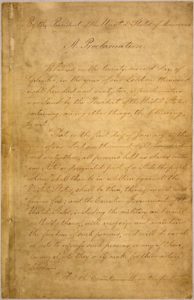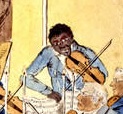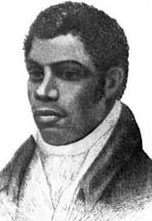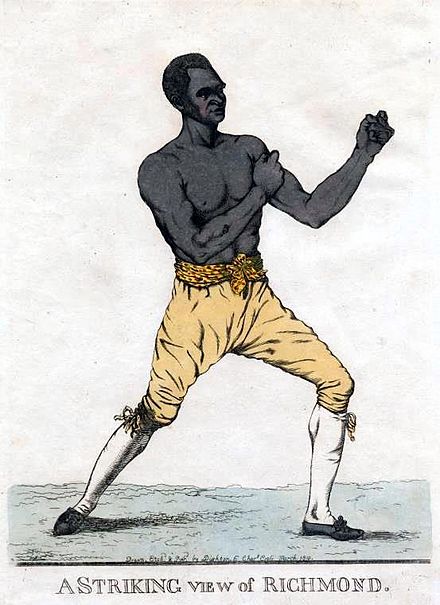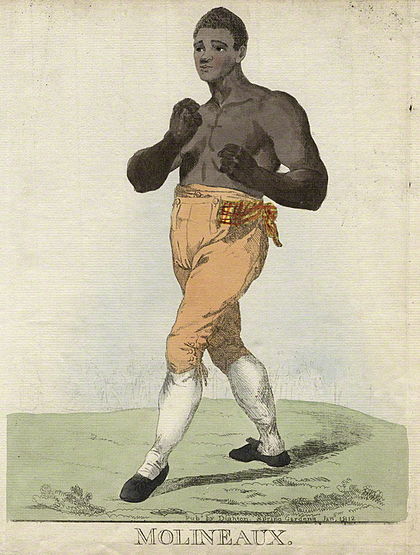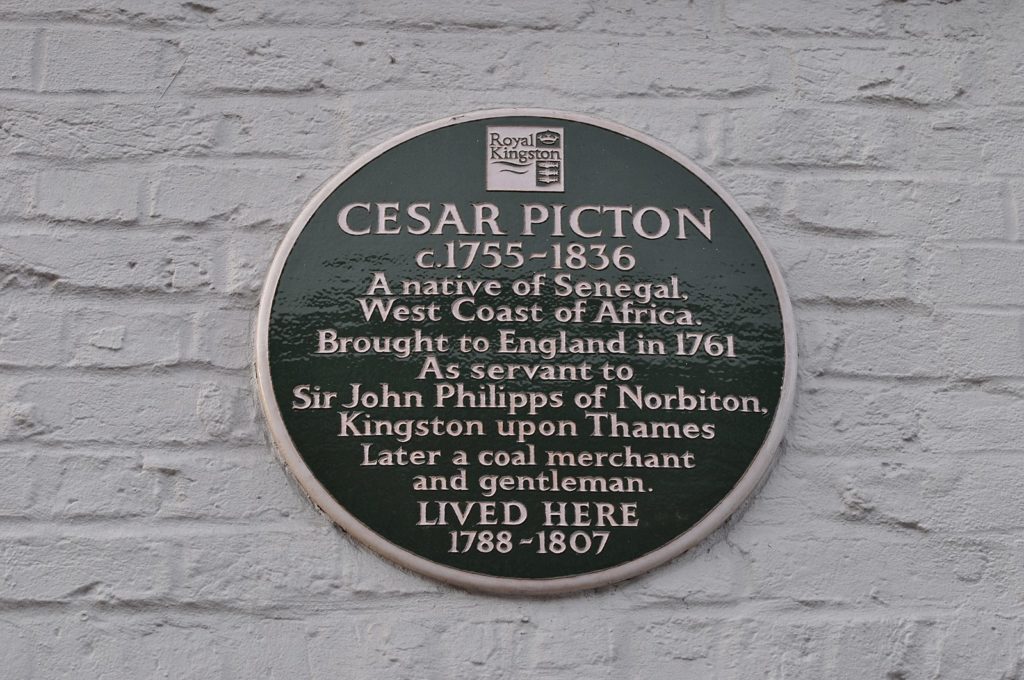Happy Labor Day!

This US federal holiday celebrates the economic and social contributions of the American worker. It was first observed in New York in 1882 and became a federal holiday in 1894. Today it has also become the traditional end of summer and the traditional way to celebrate is to have a picnic.
Of course Labor Day 2020 is like no other. Many of our work force are unemployed or underemployed due to the Covid-19 Pandemic, and many of the employed cannot go into work, but must stay at home. Still others, especially our doctors, nurses, and other health providers, are on the front lines, risking their lives for the rest of us. Still others are protesting in the streets, because it is time to for all men (women and children) to be created equal.
So life is no picnic right now. Many of us are hunkering down in our homes, but others are trying to celebrate this holiday as we used to — with a picnic outdoors.
Today’s picnic, albeit a socially distanced one, is a leisure pastime for ordinary people, a chance to grill hot dogs and play outdoor games, but during the Regency, a picnic was a fancier affair, and the working people of the period may have experienced it much differently than we do today.
In the early nineteenth century, picnicking was a way for the privileged classes to commune with nature, all the while consuming a feast assembled to minimize inconvenience and to enhance the outdoor experience. A beautiful site was selected some distance away. Each guest might have provided a dish to share or the host provided all the food. Entertainments were provided. The idyllic interlude was a pleasurable respite from day to day life.
Except for the servants, for a Regency picnic required a great deal of work.Servants had to prepare, pack, and transport the food, the furniture, the plates, serving dishes, cutlery, and linens. The whole lot would be loaded on wagons but the wagons often could not reach the exact site of the picnic, so that the food, furniture, etc. would all have to be carried the rest of the way by servants, who would then have to set up everything, serve the food, and attend to the guests in any way they required. When the picnic was over, the servants had to clean up, repack everything, and carry it back.

It wasn’t until later in the Victorian period, with the rise of the middle class and the ready train transportation that picnics became a less exclusive leisure activity. So on this day, while we celebrate our very unique Labor day, let’s also remember the labor that used to go into a picnic. And let’s remember that times do get better!
(an earlier version of this blog post appeared on September 5, 2011)


